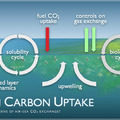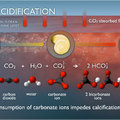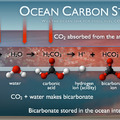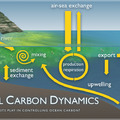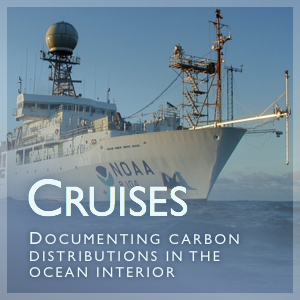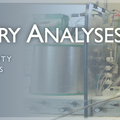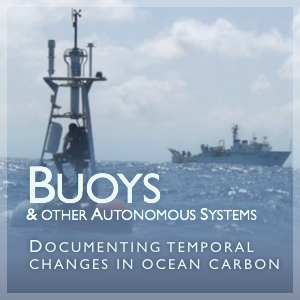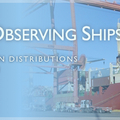At the recent OceanObs’09 Conference, more than 600 Participants from 36 nations called for significantly enhancing internationally-coordinated observations of the world's ocean
Human activities have substantially altered the Earth’s natural carbon cycle. Human use of energy has grown exponentially in the last century, and the extraction and combustion of fossil fuels have replaced society’s early reliance on renewable energy sources such as biomass, wind and running water. Fossil carbon, carbon that was removed from the “active pools” of the earth system (plants, fresh water systems, oceans, soils, and the atmosphere) and buried in the Earth’s interior, is being returned to the active carbon cycle. As a result, carbon dioxide is building up in the atmosphere and in the oceans. In addition, human use of land for activities such as farming, forestry, and urbanization has resulted in a gradual release of soil and plant carbon, further increasing the amount of carbon in the atmosphere and oceans.
The field of carbon cycle science depends on well-designed, well-executed, and carefully maintained observations. Carbon cycle science cannot exist in the absence of these critical data. Data needs range from those of short-term experimental programs to commitments for long-term observations. These data are critical for tracking the global carbon system and providing a record of the variability in the major pools of carbon and their controlling processes. In addition, however, it is only through the availability of such sustained observations that we can evaluate models that attempt to diagnose carbon fluxes, attribute their variability to underlying processes, and predict their behavior as the climate system changes. Therefore, observations are central not only to providing a record of the past and current behavior of the carbon system, but also to predicting its future.
The PMEL carbon group primarily focuses on large scale observations of ocean interior carbon through hydrographic cruises and surface ocean carbon dynamics through measurements made on volunteer observing ships, buoys, and other autonomous systems. We work in both the open ocean and in coastal environments. We maintain long-term time series observations as well as conducting short term process studies or exploratory studies. PMEL partners with many groups to extend the coverage of our observations.
MISSION STATEMENT
The goal of the PMEL Carbon Program is to make and use high-quality ocean carbon measurements to generate products that are useful for scientists and the public for understanding the ocean carbon cycle and how it is changing over time. This effort ranges from ensuring that the observations are of the highest quality and are mutually consistent with each other to combining the observations into a common data set that is available and easy for the community to use and explore to evaluating the time rate of change in global ocean carbon uptake and storage. We work to bring together ocean carbon measurement experts, information technology experts and data managers to ensure the most efficient and productive processing possible for ocean carbon observations. We work to engage partners on international, national, and regional scales.

